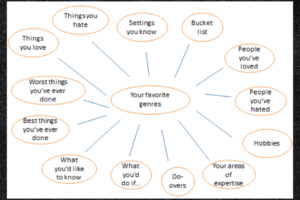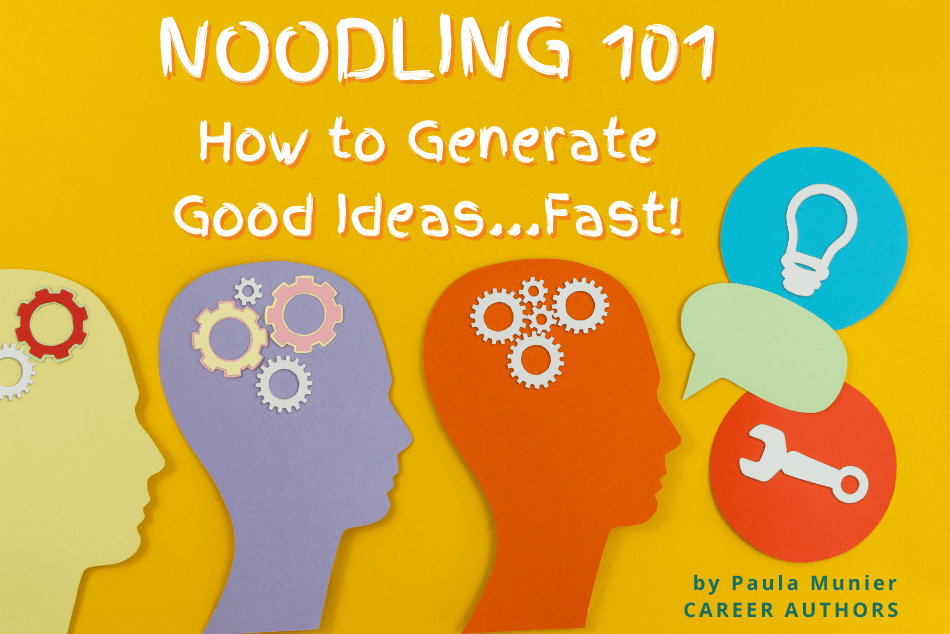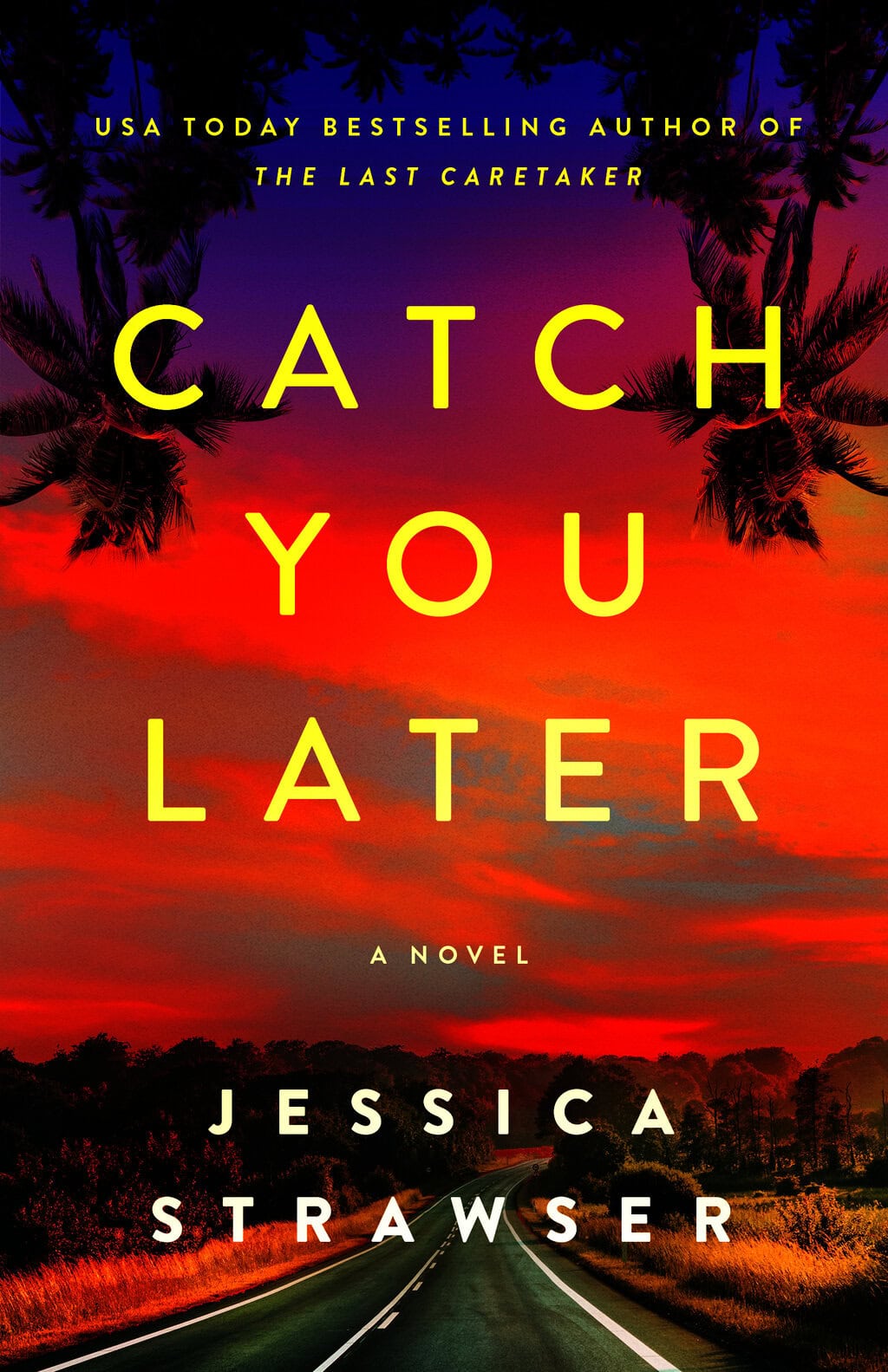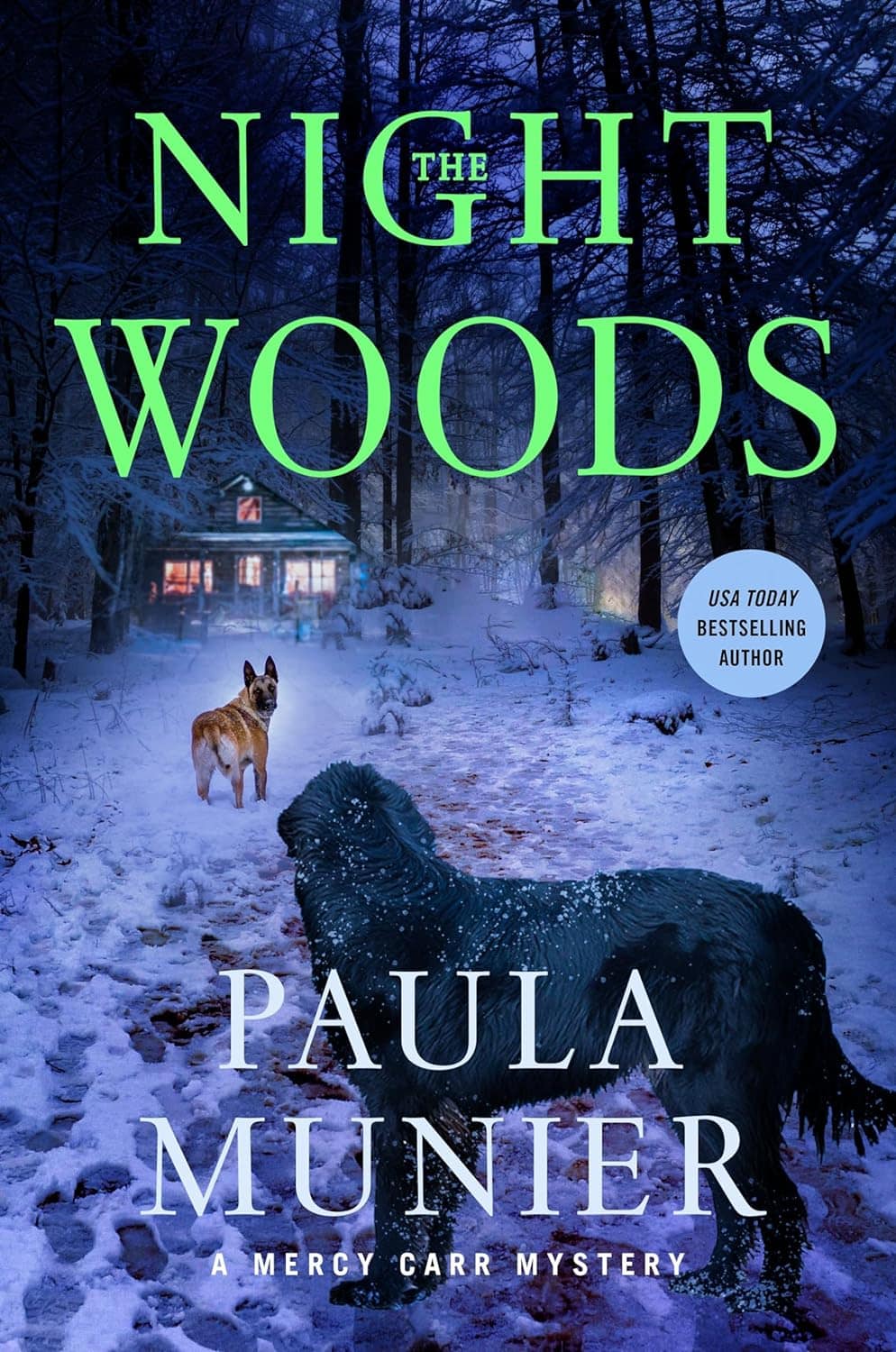“There’s always the next book.”
–Louise DeSalvo
That’s what Louise DeSalvo says. DeSalvo is the author of The Art of Slow Writing, which I purchased as a kind of hair shirt and read as a kind of guilty pleasure. As a mystery writer expected to turn out a book a year, the mere thought of slow writing a novel—apart from the first one, which of course I wrote at my own tortured leisure, only to bury it in a drawer forever—is a luxurious dream. Like vacationing in Bali or buying a chateau in the South of France or being besties with Alice Hoffman.
I read it because having finished THE NIGHT WOODS, the sixth book in my Mercy Carr series, I have to come up with three new ideas for subsequent Mercy & Elvis adventures/investigations/murders for my editor. The only problem is, I have no ideas. None. Nada. Zilch. Note: I do have a subplot from THE NIGHT WOODS, which my editor asked me to cut from the novel, saying that it was wasted as a subplot and should be developed into a main plot for another book. Unfortunately, I have no ideas about how to do that, either.
In my defense, I tend to go for broke in every book—which means my story well is dead dry when I sit down to write the next one. This means finding a way to prime the idea pump.
PRIMING THE IDEA PUMP
Here’s one of my favorite brainstorming technique, which I call the Play to Your Strengths Bubble Chart (an expanded version of which appears in my book The Writer’s Guide to Beginnings). This technique capitalizes on what makes you a unique writer as well as a unique individual. Using the bubble chart below, list ten things for every bubble, the first ten things that pop into your head. Do it as quickly as possible; don’t overthink it. Do it longhand, in a “Noodling Notebook” reserved for your ideas. Seriously.

Once you finish, play with your lists:
- Come up with plot/character/setting ideas inspired by each list.
- Now, do it again, for each of your favorite genres.
- Mix and match items from the lists, the more disparate, the better. This facilitates divergent thinking, a critical aspect of creativity, which is kind of a fancy way of saying “thinking outside the box.”
- Take this same bubble chart, and do the exercise from the point of view of your protagonist, your antagonist, and other important characters in your work. What plot ideas does this suggest?
Now go for a walk, or take a long shower, or lie down for a nap. Keep that “Noodling Notebook” close by, and write down the random thoughts that occur to you as you do something else. If you think this sounds a little wacky, remember that the queen of the mystery and one of the bestselling authors of all time, Agatha Christie, used to say that “the best time for planning a book is while you’re doing the dishes.”
I do this exercise again, for the first time since I wrote the book, and my lists are not the same; the differences reflect the changes in my writing life and my personal life. And within those lists is a gold mine of ideas. (For that expanded version of this bubble chart and more ways to jumpstart your creativity, see Chapter Three of The Writer’s Guide to Beginnings.)
THIS IS HOW WE KNOW IT WORKS
By the time I finish preparing this post, I’ve come up with three ideas for new books. I write them up and send them off to my agent. She likes two out of three of them, and so I come up with one more idea to replace the not-good-enough idea. She likes that one, and so she sends those three blurbs off to my editor. Fingers crossed.
I’d say I was surprised by how just thinking about how to come up with ideas greased the rusty gears of my subconscious, but I’m not. Coming up with new ideas is like riding a bicycle: Once you start pedaling, you remember how to ride. Once you start noodling, you remember how to generate ideas.
As an agent, I know that the better the idea, the easier it is to sell the book. (Provided the book lives up to the promise of that great idea, but that’s another blog post.) You can noodle your way to a big idea. Get noodling!
For more on brainstorming, join us on Facebook.





